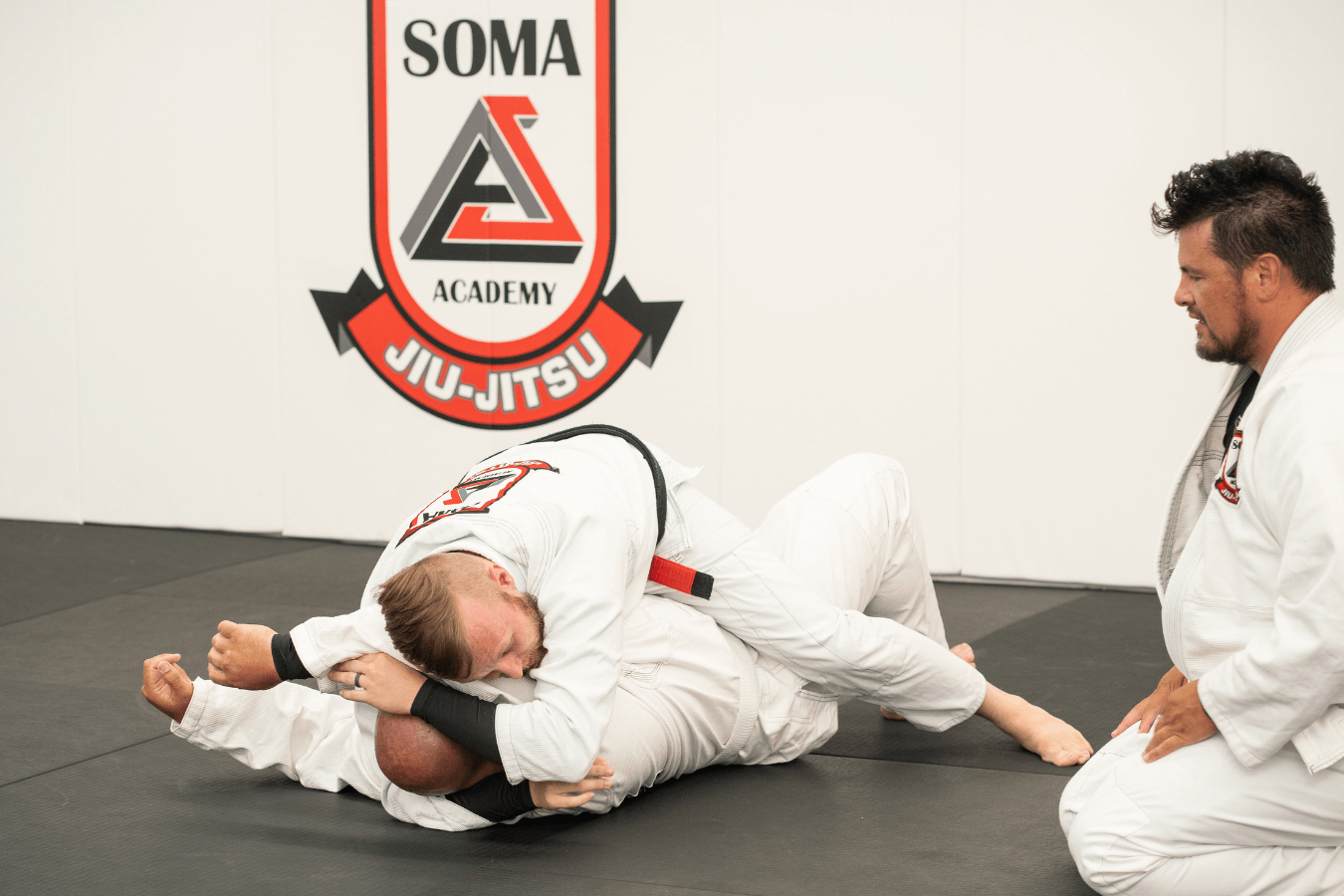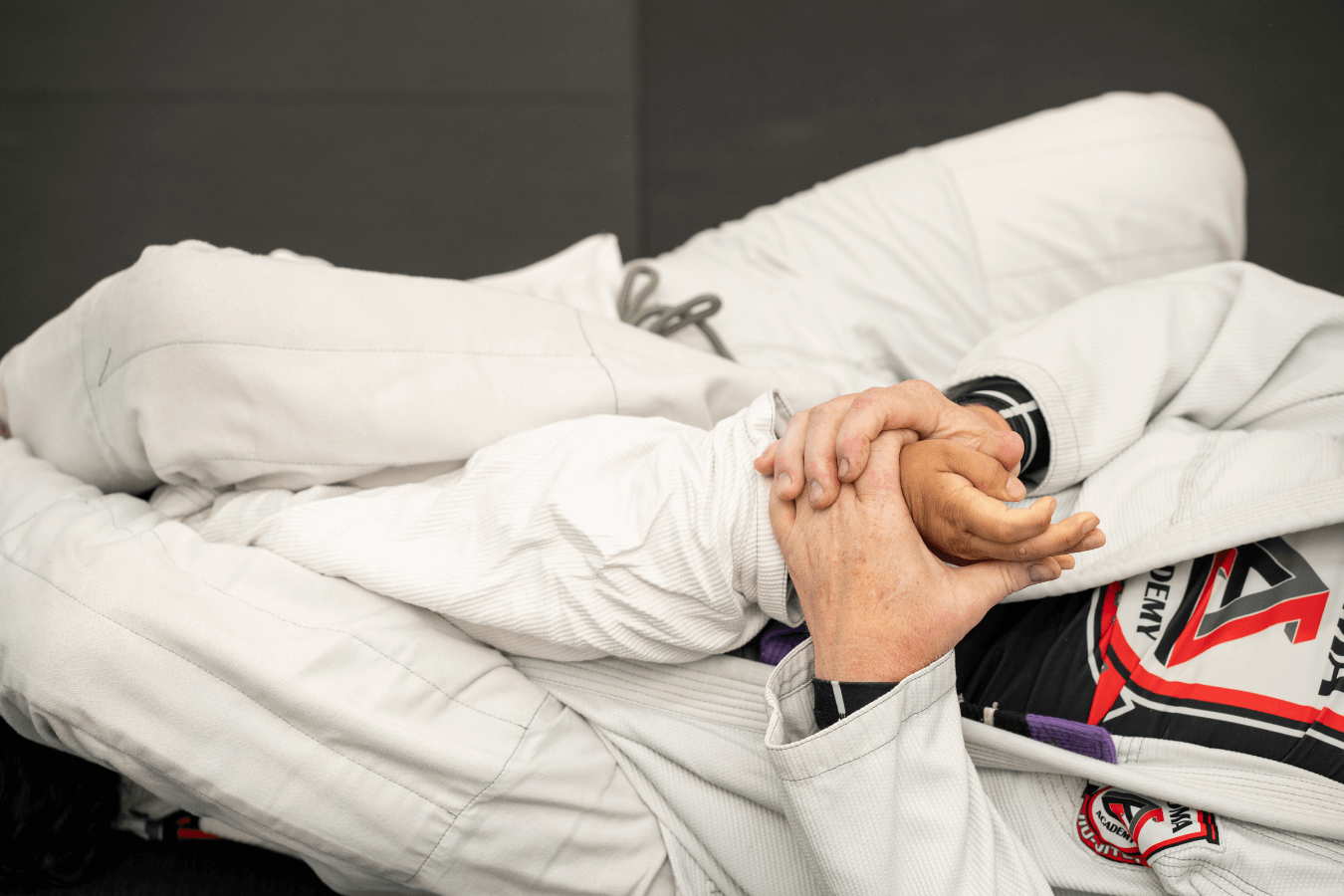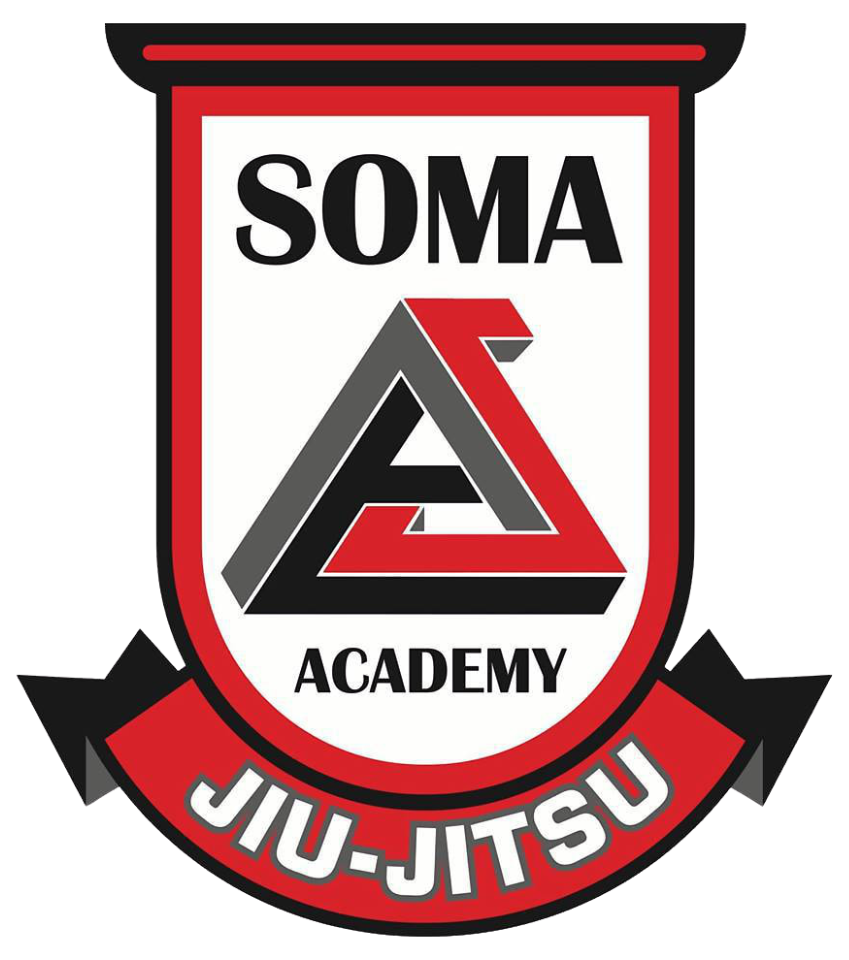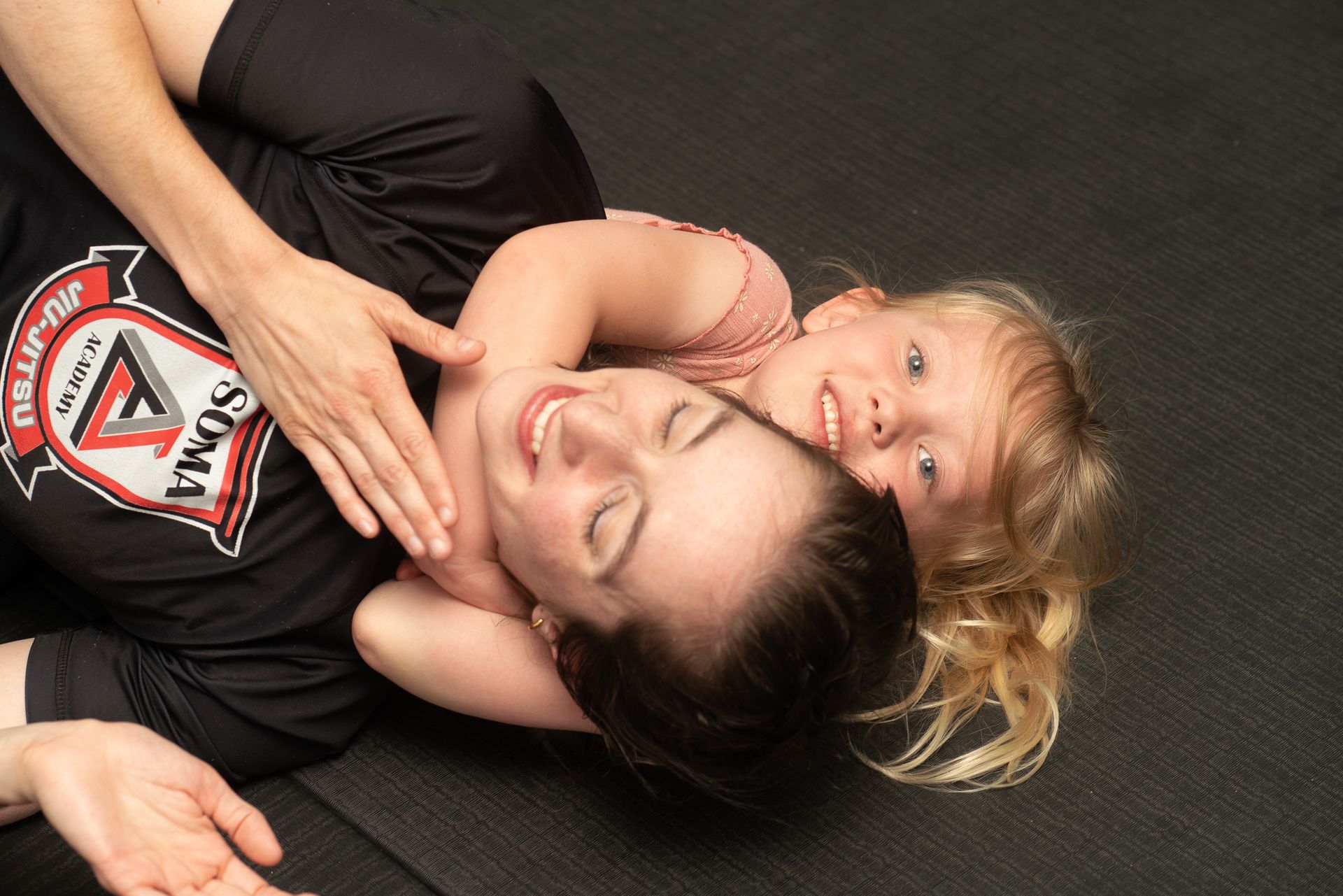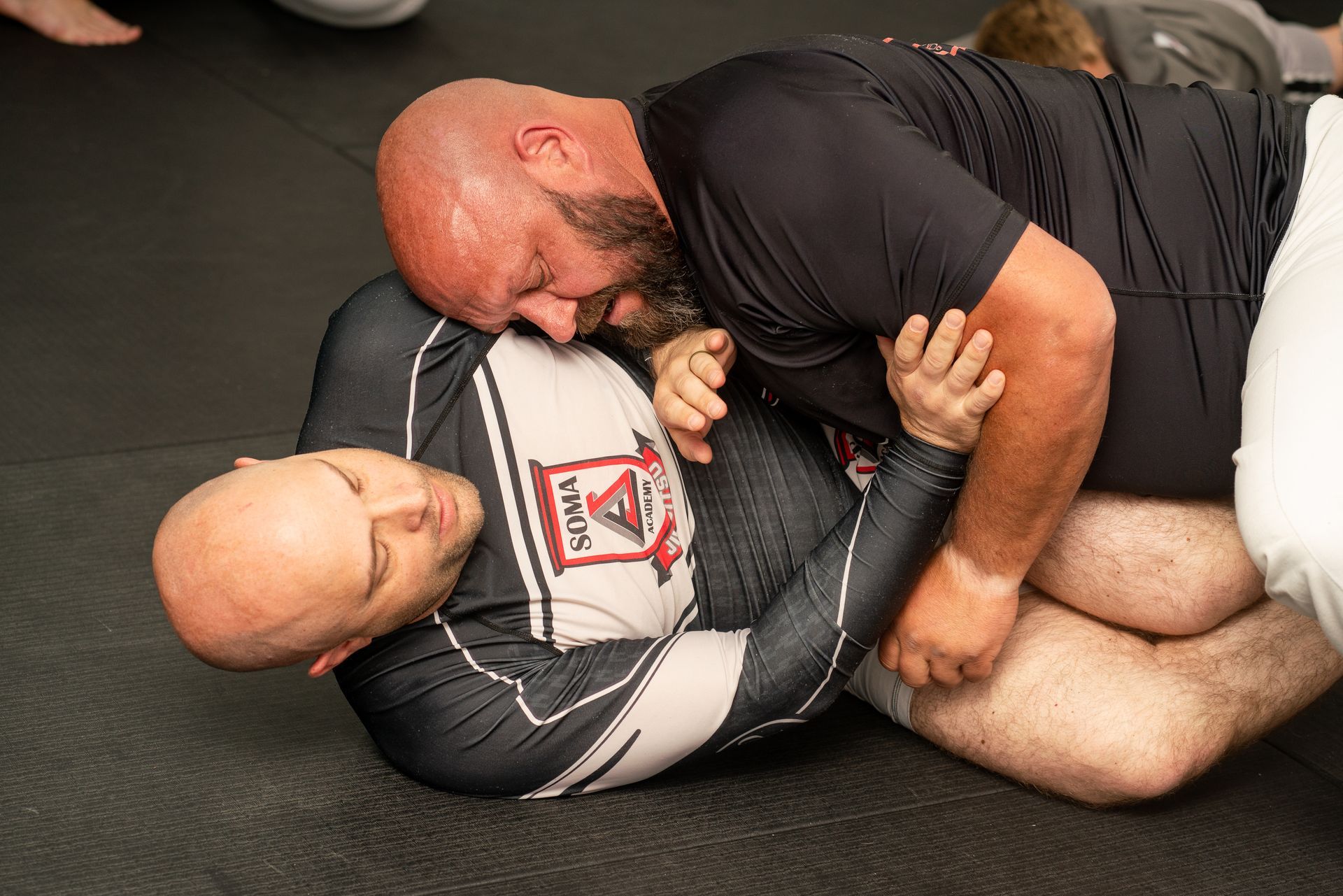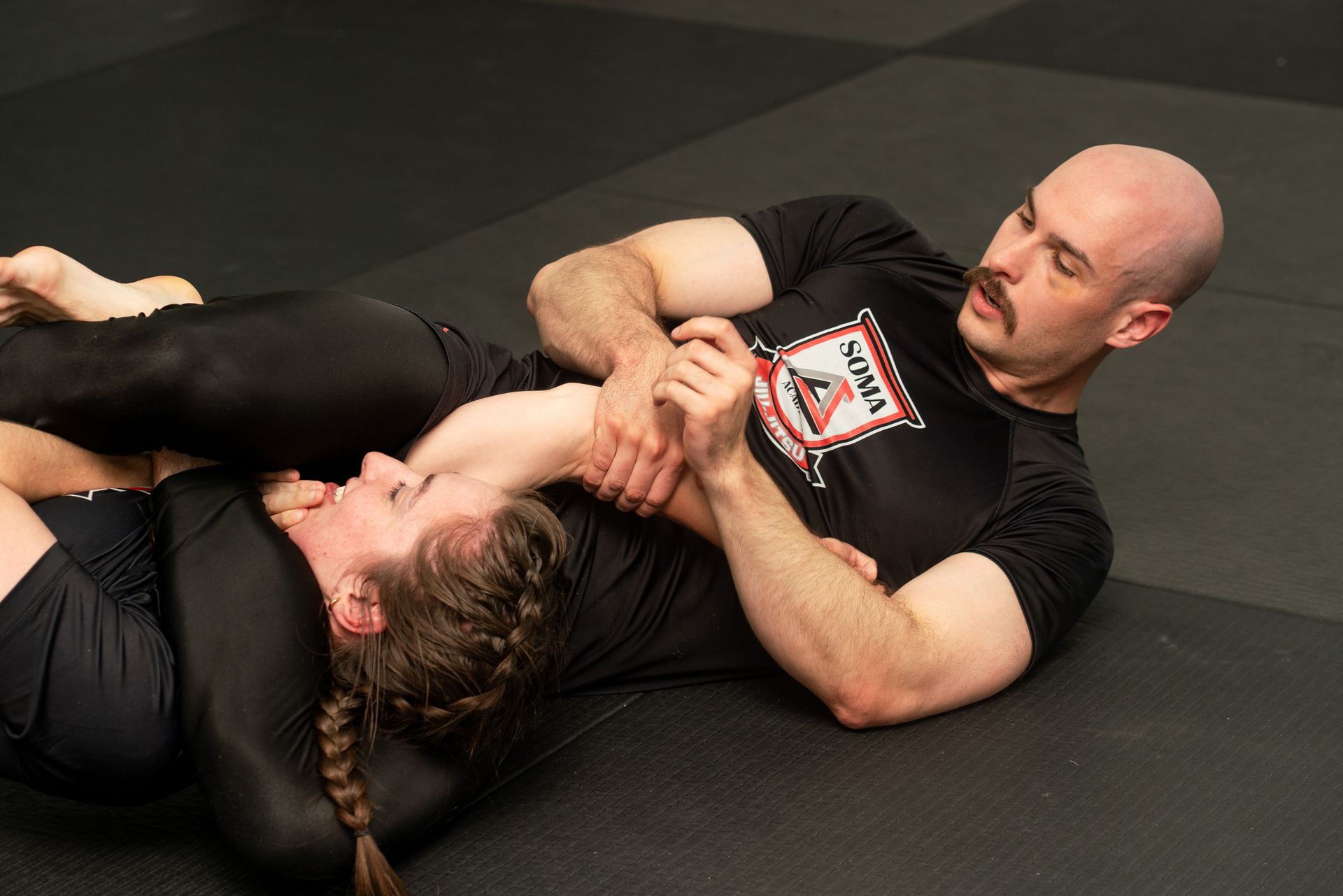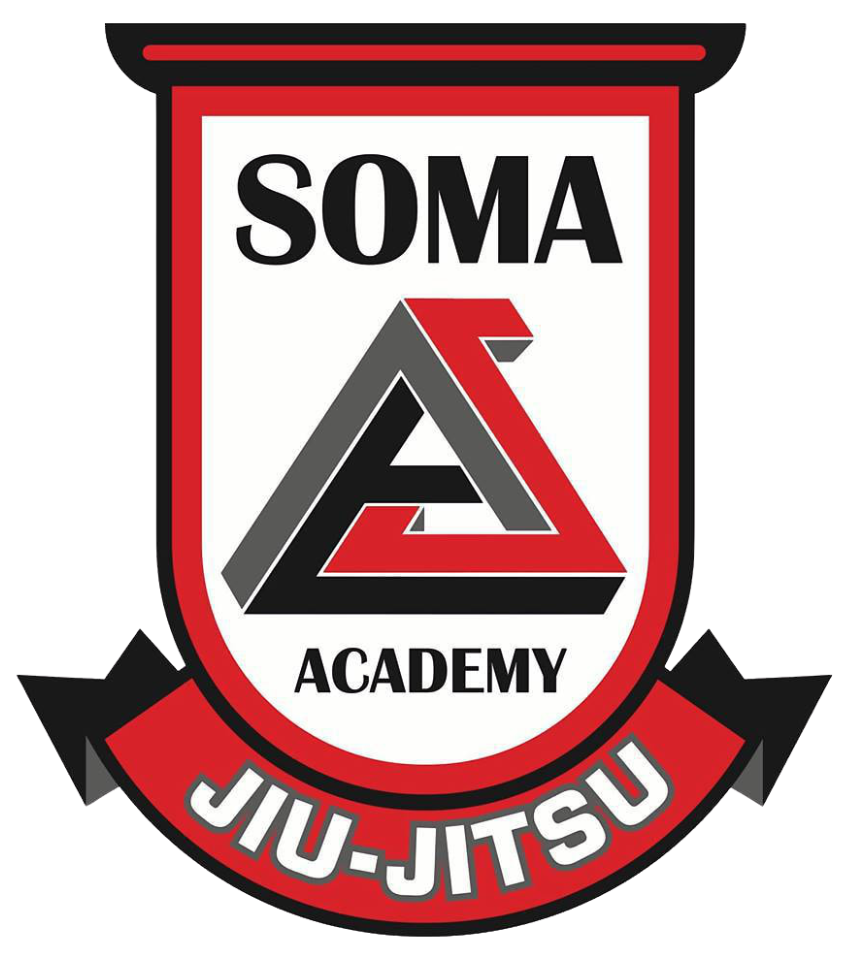Post Title
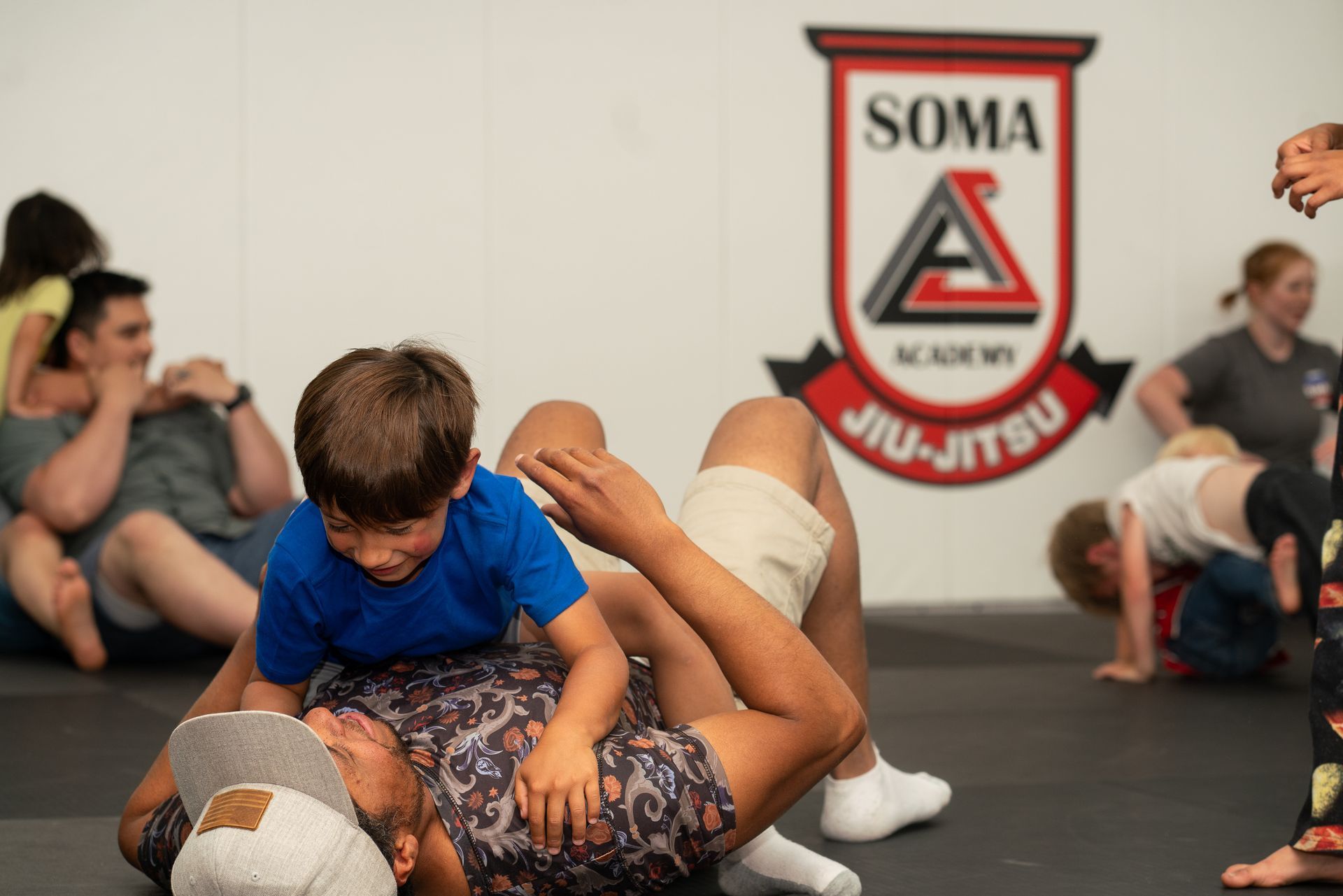
Why Martial Arts is Growing in Popularity
Across the United States, more families and individuals are turning to martial arts as a way to stay active, build confidence, and improve mental well-being. One of the fastest-growing disciplines is Brazilian Jiu-Jitsu, a grappling-based martial art that focuses on technique and leverage rather than size and strength. For residents of Rexburg, Idaho, this presents an exciting opportunity to explore a proven way of reducing stress and anxiety while also improving physical health.
At Soma Jiu-Jitsu Rexburg, we help students of all ages discover the life-changing benefits of Brazilian Jiu-Jitsu. Whether you are searching for martial arts in Rexburg to boost your fitness, help your child develop discipline, or find a healthier way to manage stress, our academy provides a welcoming environment that supports both personal growth and community connection.
The Connection Between Martial Arts and Mental Health
Modern life brings constant challenges. From work responsibilities to academic pressures, stress and anxiety are common concerns for both adults and children. Fortunately, Brazilian Jiu-Jitsu offers a constructive way to manage these challenges.
Unlike traditional workouts, BJJ requires mental focus, problem-solving, and physical effort all at once. This immersive experience helps students shift their attention away from daily stressors and into the present moment, creating a form of active meditation.
Physical Benefits of Brazilian Jiu-Jitsu
Training in BJJ Rexburg is more than just a way to learn self-defense. The physical benefits alone are impressive and contribute directly to stress reduction:
- Improved cardiovascular health: Rolling and drilling increase heart rate, building stamina and endurance.
- Full-body strength development: Grappling engages every major muscle group, leading to stronger core stability and functional strength.
- Weight management: A single hour of BJJ can burn 500 to 700 calories depending on intensity.
- Better flexibility and mobility: Techniques require fluid movement, helping to loosen joints and prevent stiffness.
These physical improvements not only enhance overall health but also provide a natural outlet for releasing built-up tension.
Mental Benefits: Building Resilience and Reducing Anxiety
Brazilian Jiu-Jitsu is often called “human chess” because it challenges the mind as much as the body. The mental benefits include:
- Stress relief: Physical exertion reduces cortisol levels, the hormone linked to stress.
- Emotional resilience: Learning to stay calm under pressure on the mats translates into better stress management in daily life.
- Confidence growth: Progressing through techniques and earning new belts builds self-assurance.
- Improved focus: BJJ demands concentration, pulling students out of negative thought cycles and into the present moment.
According to a 2021 study published in Frontiers in Psychology, regular martial arts practice is linked with improved emotional regulation and lower levels of anxiety. This shows that the benefits extend well beyond physical health.
Social Benefits: A Supportive Community in Rexburg
Another reason why Brazilian Jiu-Jitsu is so effective at reducing stress is the community it builds. At Soma Jiu-Jitsu Rexburg, students train in an encouraging environment where teamwork and mutual respect are central.
Benefits of this social connection include:
- Support networks: Training partners become friends who help each other grow.
- Sense of belonging: Being part of a team reduces feelings of isolation.
- Positive role models for children: Young students look up to instructors and older teammates, reinforcing positive behavior.
- Family bonding: Parents and kids can train together, making BJJ a shared activity that strengthens family ties.
For many students, the friendships formed on the mats are just as valuable as the techniques they learn.
Common Questions and Concerns
1. How does Brazilian Jiu-Jitsu help with stress compared to other workouts?
BJJ combines both physical exertion and mental problem-solving, making it more engaging than traditional gym routines. This unique combination allows students to release tension while also sharpening focus, which directly helps reduce stress and anxiety.
2. Can Brazilian Jiu-Jitsu improve sleep quality?
Yes. Regular physical activity like BJJ helps regulate sleep patterns by reducing cortisol levels and increasing endorphins. Many students report falling asleep faster and experiencing deeper, more restful sleep after training.
3. How often should I train to see stress relief benefits?
Even two to three classes per week can provide noticeable improvements in mood, energy, and mental clarity. Consistency is more important than frequency, so regular attendance is the key to long-term stress management.
4. Will Brazilian Jiu-Jitsu help with focus and concentration outside the gym?
Absolutely. The problem-solving nature of BJJ teaches students to stay present and think strategically under pressure. These mental skills often carry over into work, school, and everyday life.
5. Is Brazilian Jiu-Jitsu suitable for people with high-stress jobs or busy schedules?
Yes. Many students with demanding careers use BJJ as their outlet for managing stress. Classes are structured, time-efficient, and designed to give both physical and mental release, making them ideal for professionals and students alike.
6. Can children benefit from Brazilian Jiu-Jitsu for anxiety or school-related stress?
Yes. BJJ helps kids channel energy in a positive way, build confidence, and learn focus. These benefits often reduce anxiety and improve performance in school and social settings.
Data and Expert Insights
- Participation growth: According to the Sports & Fitness Industry Association, martial arts participation in the U.S. has grown steadily, with Brazilian Jiu-Jitsu among the fastest-growing segments.
- Stress reduction through exercise: The American Psychological Association reports that 62 percent of adults who exercise regularly find it an effective way to reduce stress.
- Injury rates: A study published in the Orthopaedic Journal of Sports Medicine found that BJJ has a lower injury rate compared to sports like soccer or football, making it a safe choice for long-term practice.
These findings support what many practitioners already know firsthand. Brazilian Jiu-Jitsu is an effective way to build both mental and physical health.
Local Relevance: Brazilian Jiu-Jitsu in Rexburg, Idaho
Choosing Brazilian Jiu-Jitsu in Rexburg, Idaho means joining a growing community that values health, discipline, and connection. Rexburg is home to a diverse population of students, professionals, and families who are discovering the benefits of martial arts.
For parents, enrolling kids in BJJ provides a structured after-school activity that teaches focus and respect. For adults, it offers a powerful stress-management tool while also providing practical self-defense skills. Whether you live near Brigham Young University–Idaho, downtown Rexburg, or surrounding neighborhoods, Soma Jiu-Jitsu is conveniently located and ready to welcome new students.
By training locally, you not only improve your own well-being but also contribute to a stronger, healthier Rexburg community.
Why Choose Soma Jiu-Jitsu Rexburg?
- Experienced instructors: Our team is dedicated to teaching safe, effective techniques.
- Welcoming environment: We support students of all ages and fitness levels.
- Flexible programs: Classes are available for kids, teens, and adults.
- Focus on growth: We emphasize personal development, discipline, and resilience, not just competition.
At Soma Jiu-Jitsu Rexburg, we pride ourselves on being the trusted choice for BJJ Rexburg families who want more than just a workout. We provide a community where students thrive physically, mentally, and emotionally.
If you are ready to experience the benefits of martial arts for yourself or your child, now is the perfect time to get started. Join us at Soma Jiu-Jitsu Rexburg and discover how Brazilian Jiu-Jitsu can help reduce stress, build confidence, and improve overall health.
👉 Sign up today for a free trial class and take the first step toward a healthier, more balanced lifestyle. Visit Soma Jiu-Jitsu Rexburg’s website to schedule your class and see why we are the leading academy for
Brazilian Jiu-Jitsu in Rexburg, Idaho.
ACCESS OUR SCHEDULE
& EXCLUSIVE WEB SPECIAL
Secure your spot and get started today with our EXCLUSIVE offer!
